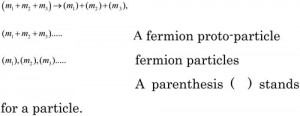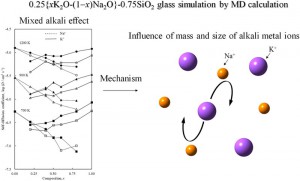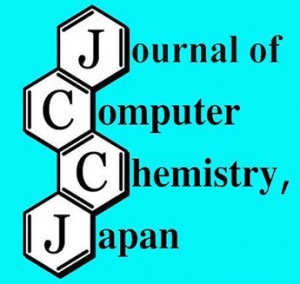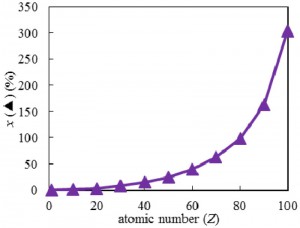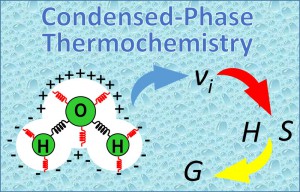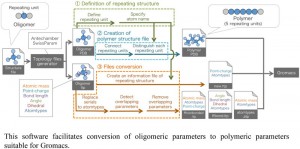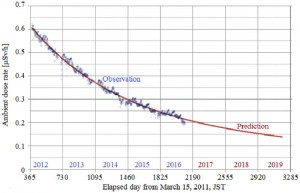[Published online Journal of Computer Chemistry, Japan Vol.16, 96-97, by J-STAGE]
<Title:> The Koide’s Equation for the Sums of Masses in the Same Sectors
<Author(s):> Hideyuki NARUMI
<Corresponding author E-Mill:> nrhd2357(at)gray.plala.or.jp
<Abstract:> Koide’s equation was discovered for masses in the same sectors.
<Keywords:> Koide’s Equation, the Masses of the Same Sector, Brannen, Fermion Particles, Gluons
<URL:> https://www.jstage.jst.go.jp/article/jccj/16/4/16_2017-0025/_article/-char/ja/
<Title:> The Koide’s Equation for the Sums of Masses in the Same Sectors
<Author(s):> Hideyuki NARUMI
<Corresponding author E-Mill:> nrhd2357(at)gray.plala.or.jp
<Abstract:> Koide’s equation was discovered for masses in the same sectors.
<Keywords:> Koide’s Equation, the Masses of the Same Sector, Brannen, Fermion Particles, Gluons
<URL:> https://www.jstage.jst.go.jp/article/jccj/16/4/16_2017-0025/_article/-char/ja/
